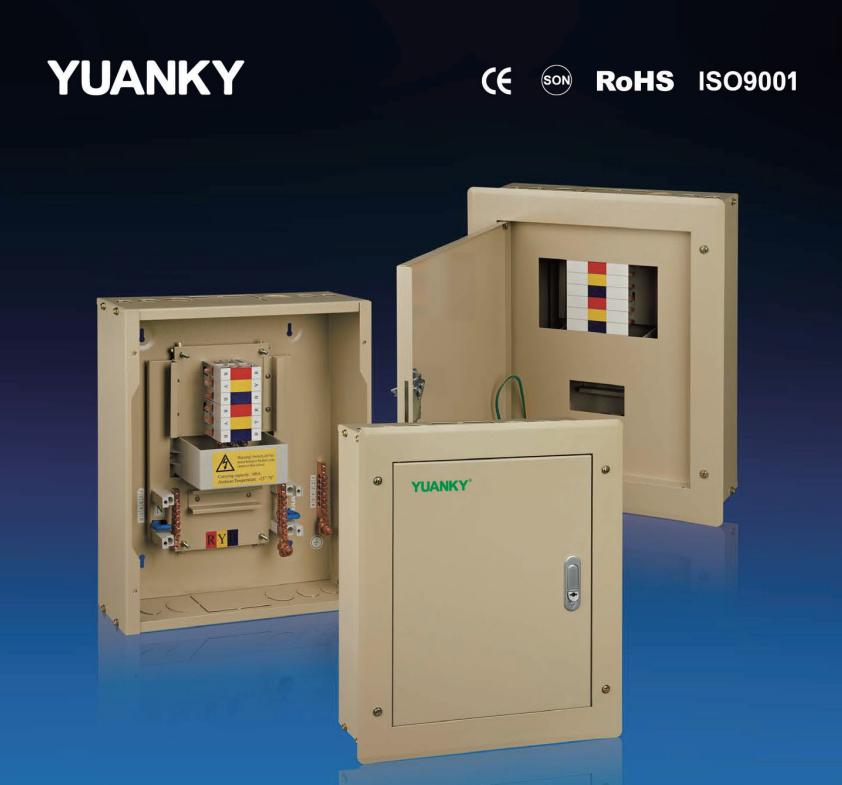A distribution box works by receiving a single electrical power input and splitting it into multiple, independent branch circuits that power different parts of a building. Inside,circuit breakers or fuses act as safety devices, monitoring each circuit’s power flow and automatically “tripping” to shut off power to that specific circuit if an overload or short circuit occurs. This prevents damage, reduces fire risk, and allows for localized control of electricity, making the distribution box a central, protective hub for an entire electrical system.
1. Power Input
- Electricity enters the distribution box (also called a distribution board or panel) from a main service entrance cable connected to the building’s primary power source.
2. Distribution to Circuits
- Inside the box, the main incoming power is channeled and distributed to several individual circuits.
- Each circuit is routed to a specific area or set of appliances in the building, such as lights, outlets, or machinery.
3. Protective Devices
- Each circuit has a protective device, typically a circuit breaker or a fuse.
- These devices continuously monitor the electrical current for that circuit.
4. Overload and Short-Circuit Protection
- If a circuit draws too much power (an overload) or a fault causes a sudden surge in current (a short circuit), the circuit breaker or fuse detects the dangerous condition.
- The device will then “trip” or “blow,” automatically disconnecting the power supply to that specific circuit.
5. Control and Manual Reset
- This automatic shutdown prevents the wires from overheating and causing a fire, protecting the wiring and connected devices.
- When a circuit breaker trips, a user can manually reset it by flipping the switch back on.
6. Centralized Control and Safety
Post time: Sep-16-2025


